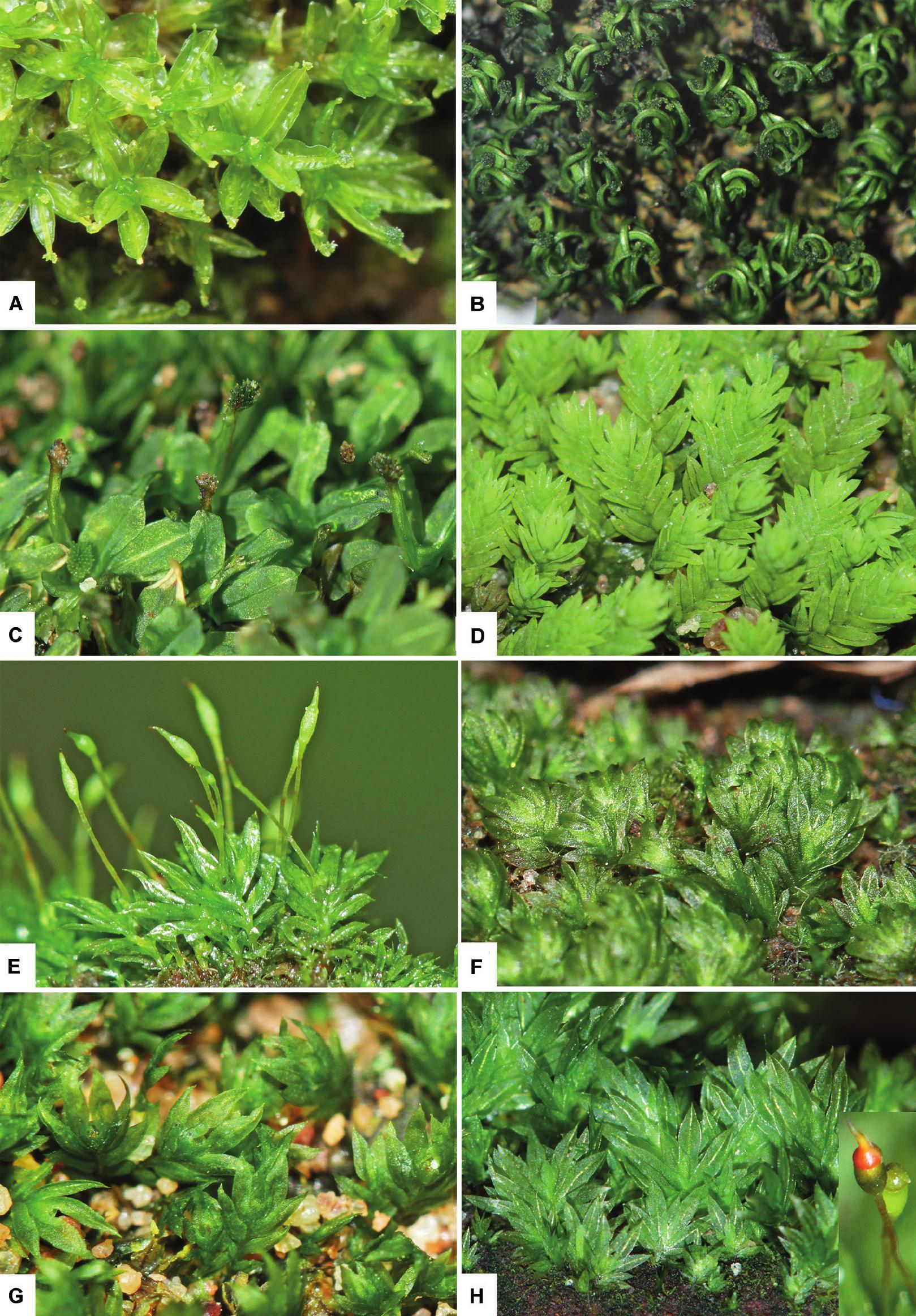
img-z29-1_101.jpg from: https://bioone.org/journals/annales-botanici-fennici/volume-58/issue-1-3/085.058.0116/Bryophytes-of-Hồ-Chí-Minh-City-Vietnam/10.5735/085.058.0116.full
Splachnobryum mariei Besch.: A Fascinating Moss of the Splachnobryaceae Family
Splachnobryum mariei Besch., commonly known as Splachnobryum, is a captivating moss species belonging to the Splachnobryaceae
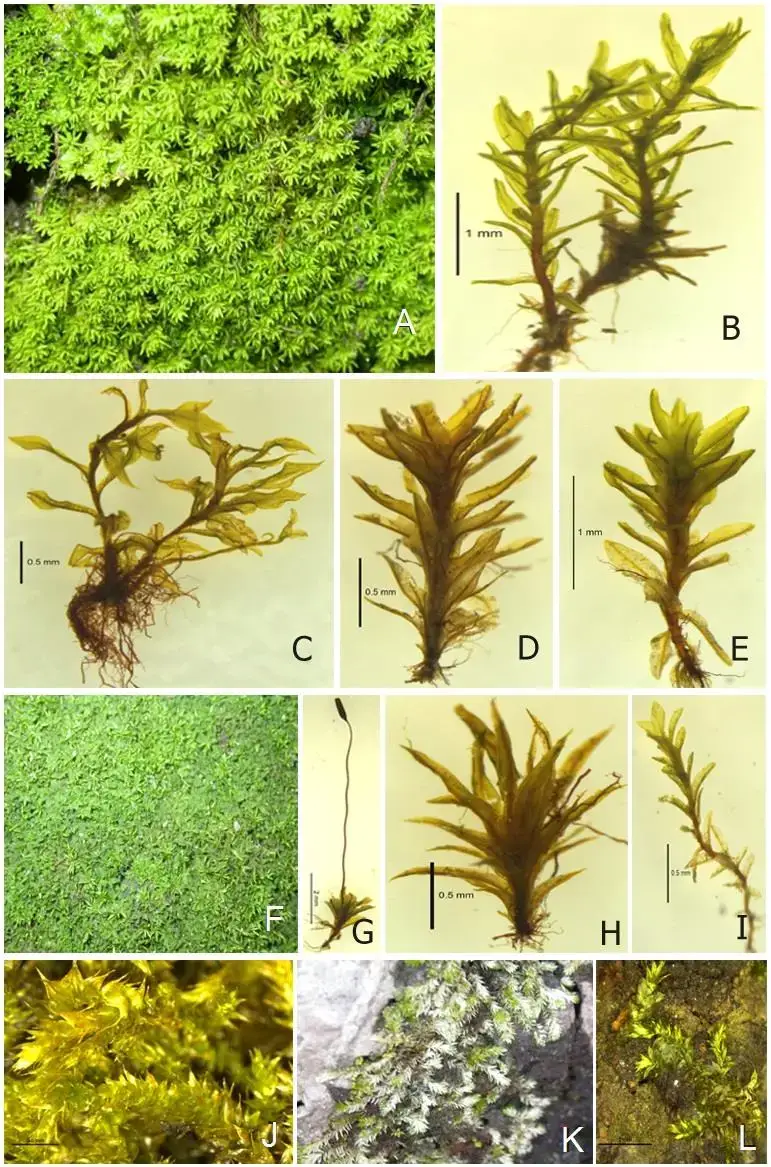
A-B-Barbula-indica-C-Entosthodon-wichurae-D-Gymnostomum-calcareum-E-Hyophila.png from: https://www.researchgate.net/figure/A-B-Barbula-indica-C-Entosthodon-wichurae-D-Gymnostomum-calcareum-E-Hyophila_fig3_283434782
family. This tiny but remarkable plant plays a significant role in its ecosystem and boasts unique adaptations. In this blog post, we’ll dive into the world of Splachnobryum mariei Besch. and explore its morphology, global distribution, habitat, ecological roles, and adaptations.
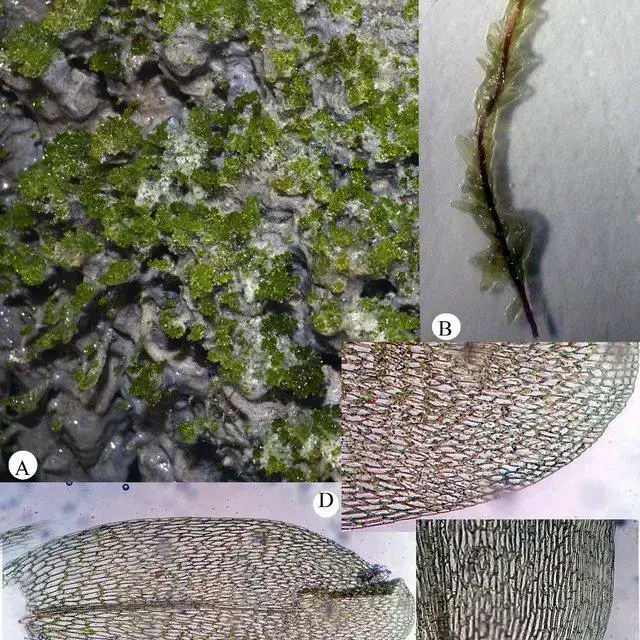
A-E-Splachnobryum-aquaticum-A-Habit-B-Magnified-view-of-single-plant-C-Magnified_Q640.jpg from: https://www.researchgate.net/figure/A-E-Splachnobryum-aquaticum-A-Habit-B-Magnified-view-of-single-plant-C-Magnified_fig2_355215318
Background
Mosses are small, non-vascular plants belonging to the division Bryophyta. They lack true roots, stems, and leaves, instead having leaf-like structures called phyllids. Mosses play crucial roles in their ecosystems, including water and nutrient cycling, erosion control, and providing habitat for other organisms. The Splachnobryaceae family contains only one genus, Splachnobryum, with around 25 species worldwide.
Morphology and Identification
Splachnobryum mariei Besch. is a small, delicate moss with thin, branching stems and tiny, ovate leaves. The leaves are typically less than 1 mm long and have a pointed tip. The leaf cells are thin-walled and hexagonal. Splachnobryum mariei Besch. can be identified by its unique capsule shape, which is cylindrical and has a distinct neck. The capsules are borne on short setae (stalks) and have a small, conical operculum (lid).

NK_Aerobryopsis_longissima_2.jpg from: https://www.anbg.gov.au/abrs/Mosses_online/02_Meteor_images.html
Global Distribution and Habitat
Splachnobryum mariei Besch. has a wide global distribution, found in tropical and subtropical regions of the Americas, Africa, and Asia. It typically grows on

8475662129_7ef644d6d3_b.jpg from: https://www.flickr.com/photos/moggy71/8475662129
moist, calcareous substrates such as limestone rocks, concrete, and mortar. This moss is often found in urban environments, growing on walls, sidewalks, and buildings.
Ecological Roles and Adaptations
Despite its small size, Splachnobryum mariei Besch. plays important ecological roles:
Nutrient cycling: This moss helps to break down organic matter and release nutrients back into the ecosystem.
Water retention: The dense mats formed by Splachnobryum mariei Besch. help to retain moisture, preventing soil erosion and providing a stable microhabitat for other organisms.
226042.jpg from: https://inpn.mnhn.fr/espece/cd_nom/4441
Pioneer species: Splachnobryum mariei Besch. is often one of the first species to colonize bare, calcareous substrates, paving the way for other plants to establish.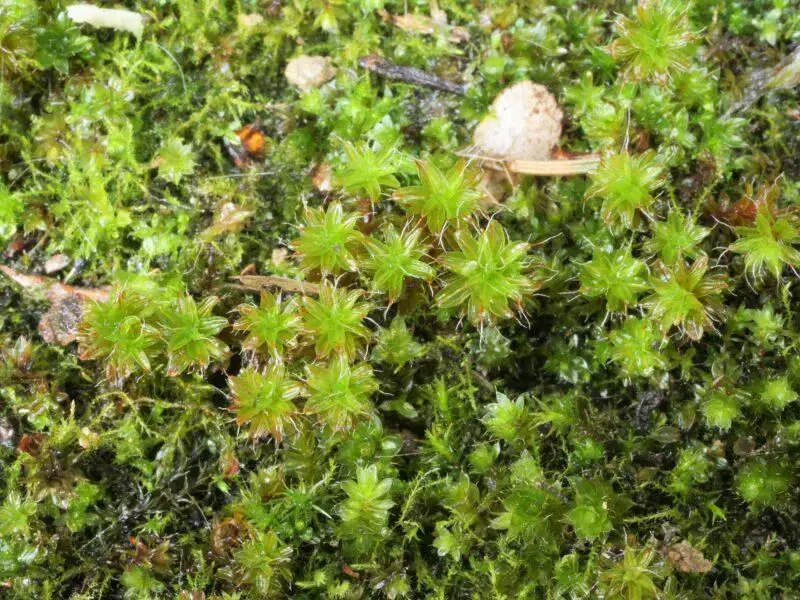
Syntrichia-ruralis-2-800×600.jpg from: https://www.britishbryologicalsociety.org.uk/learning/species-finder/syntrichia-ruraliformis/
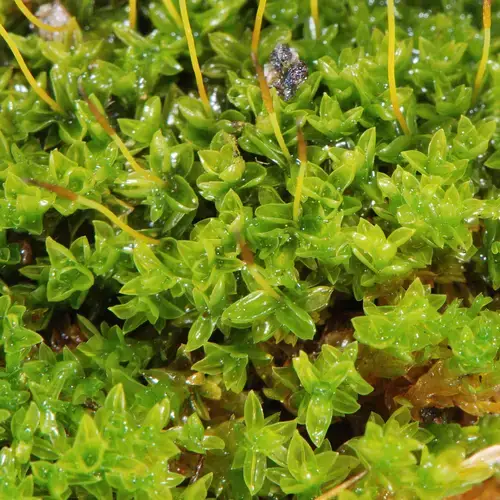
medium-147.png from: https://plantdollar.com/plant/pottiaceae/
Splachnobryum mariei Besch. has several adaptations that allow it to thrive in its habitat:
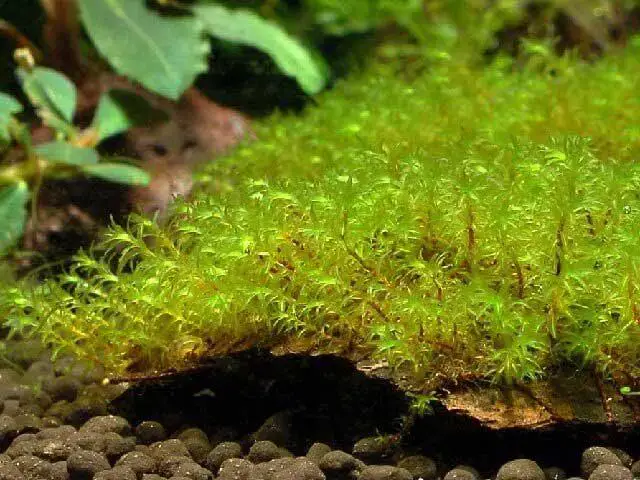
Barbula-moss.jpg from: https://petshotspot.com/aquatic-mosses-for-the-aquarium/
| Adaptation | Function |
|---|---|
| Small size | Allows the moss to grow in thin soil layers and crevices |
| Thin leaf cells | Facilitate rapid water uptake and drying to avoid desiccation |
| Unique capsule shape | Aids in spore dispersal by wind and water |
Conclusion
Splachnobryum mariei Besch. may be small, but it is a fascinating and important member of the Splachnobryaceae family. Its wide distribution, unique morphology, and ecological roles make it a captivating subject for bryologists and enthusiasts alike. Next time you see a tiny moss growing on a concrete wall, take a closer look—it might just be Splachnobryum mariei Besch.! How many other overlooked organisms in our urban environments play crucial ecological roles?
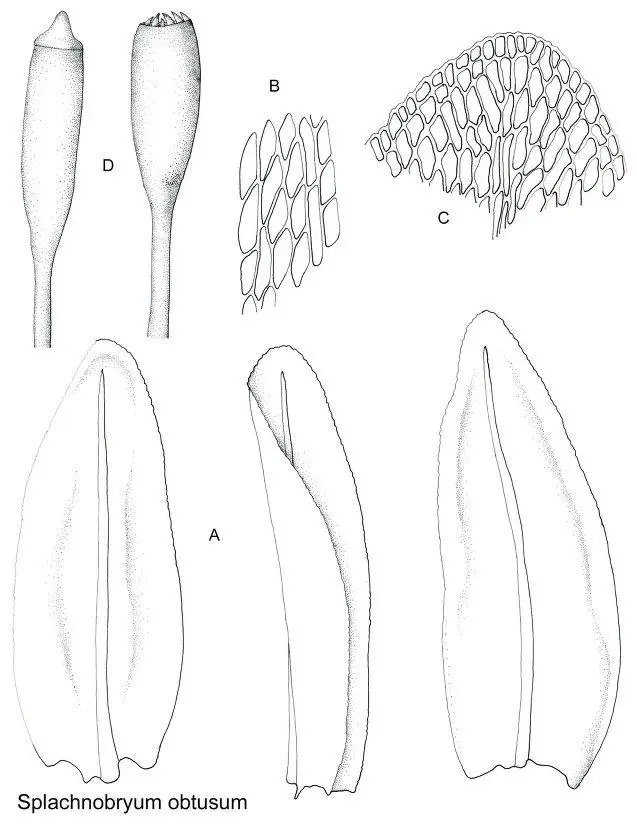
SPLACHNOBRYUM%2BOBTUSUM%2BVF.jpg from: https://plantasdepuertorico.blogspot.com/2017/01/musgos-splachnobryaceae-splachnobryum.html